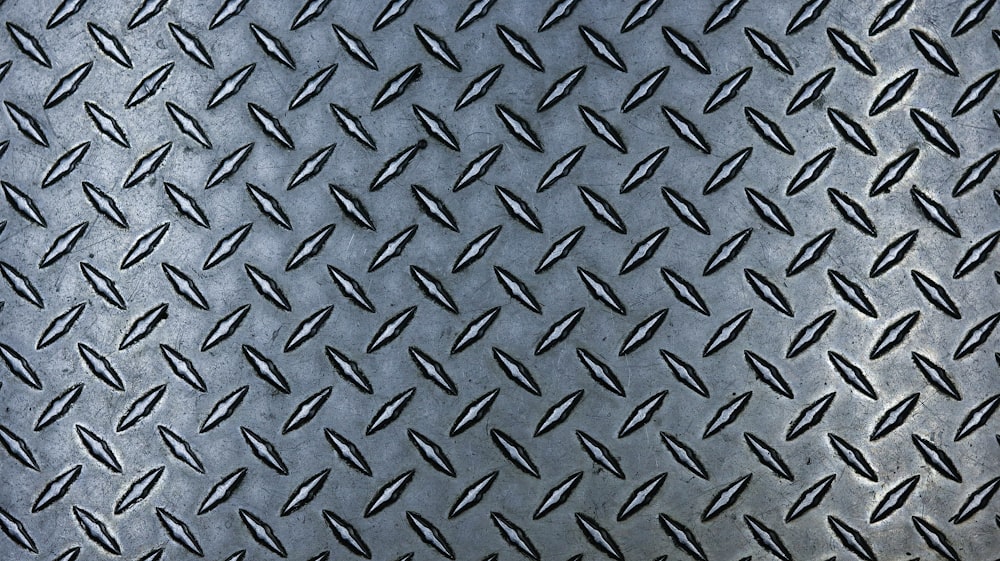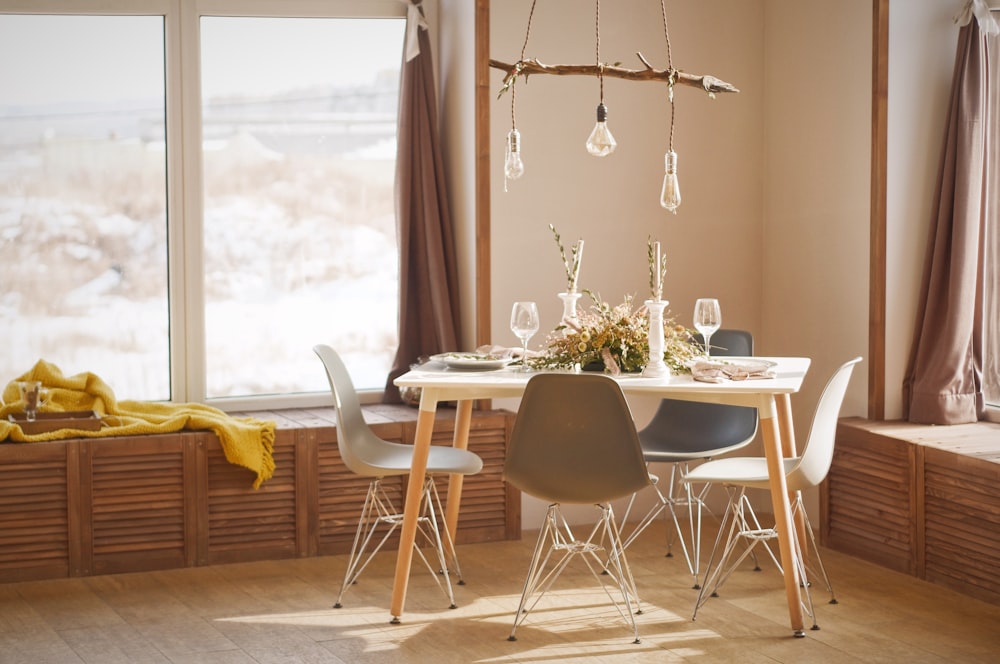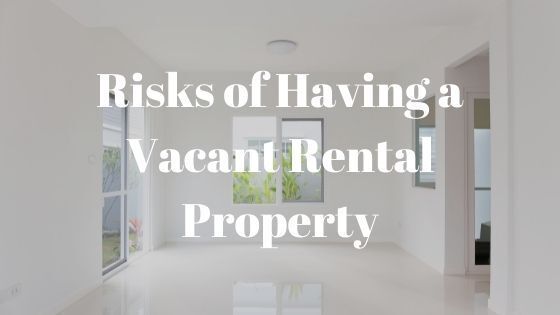Bamboo Flooring: The Amazing Growth, Manufacture and History of Bamboo
Bamboo flooring, widely in use from ancient times, is now making a dramatic comeback around the world and particularly in Melbourne. For the Chinese, bamboo has been an important part of their culture for many thousands of years. It was, and still is, used for a wide range of applications including: Houses, floors, kitchen utensils, furniture, paper, construction, weapons and even the shoots are eaten as a delicacy.
Modern bamboo flooring is made differently from its ancient cousin. It is refined, treated, pressed and polished for long life as well as great looks. This is essential for modern-day practicality and appearance which means that modern pre-finished bamboo flooring is extremely fast to install, long-lasting and beautiful!
Bamboo is actually a grass and there are many varieties of bamboo around the world. It is one of the fastest growing plants in the world and can grow up to 100 cm in a day. It is literally possible to see a bamboo shoot grow! Bamboo essentially consists of a stem with a hollow tube-like structure, interspersed at intervals with vascular bundles in the cross section.
There are about 1450 species of bamboo in the world. They occur in Northern Australia, the Asian continent, sub-Saharan Africa and in the Americas. Europe is more or less the only place which does not have a native bamboo species.
Bamboo grows to its full height and girth in the space of 3 to 4 months. Initially there are no branches but as the bamboo grows older, the culm or “stem” hardens and begins to sprout branches. It is considered fully matured in its third year and ready for harvest within 3 to 7 years.
Bamboo, as a flooring material, has caught the imagination of many people as when laid, looks unique and has a beautiful, long grain signature. Most bamboo floors are made from the bamboo commonly known as Moso which is largely manufactured in China. It has characteristics similar to hardwood timber flooring which means it is strong and durable. It also has powerful resistance to insects and if manufactured correctly, is very resistant to moisture. Over and above all this it is considered very eco-friendly due in large part to the huge amount of carbon it absorbs during its rapid growth.
There are different techniques used in manufacturing bamboo flooring and this largely depends on local preferences, availability of bamboo and viability. In lower-end markets it is mainly cut, treated and then nailed to beams or larger bamboo pieces. With bamboo flooring Melbourne, the flooring is far-more sophisticated as it is highly processed and refined to appeal to modern customers.
The bamboo manufacturing process that is normally used is as follows: Firstly, the culms have their outer skin and nodes removed. They are then cut into equal sized lengths which are then sliced into strips of the desired width. The strips are then boiled in a solution of boric acid to remove the starch and sugars present in the bamboo which if not removed can attract insects and cause rot. It is then dried and planned so that all the pieces are uniform.
The next stage is the colourisation process. It is either used in its natural colour or it is carbonized to give it a darker shade. This is done by carefully steaming the bamboo under controlled pressure and temperature conditions. This imparts a brownish colouration to the bamboo. Since carbonized bamboo is softer, it can reduce the hardness of the surface significantly.
The pieces are then stuck together using an adhesive which is then heat-pressed to cure the adhesive. During final processing, planing, sanding and milling is then done to give it a smooth finish. An ultraviolet curing lacquer is then applied to the surface of each board.
There are different designs available in the production of pre-finished bamboo flooring. They are typically available in a vertical or horizontal design. In a vertical design, the plank will have each component piece stood upright on the narrow edge and laminated using side-to-side pressure. This gives it a uniform looking surface. In a horizontal bamboo floor design, the individual pieces are arranged horizontally on their wide edge and then arranged side-by-side before being laminated under high pressure. In this type, the nodes of the bamboo will be randomly visible.
Pre-finished bamboo flooring mostly comes with a locking system. The individual planks have interlocking joints which easily lock into place. Using a combination of careful plank alignment and different colour shades, a range of attractive designs can be produced.
Bamboo flooring Melbourne leads the way in highly finished, practical and beautiful flooring. There are many strong advantages with bamboo flooring and installation is much faster than for tradition hardwood timber flooring. On top of all that it’s very environmentally friendly and has been proven over time to be one of the most versatile and durable “timbers” know to people all over the world.



